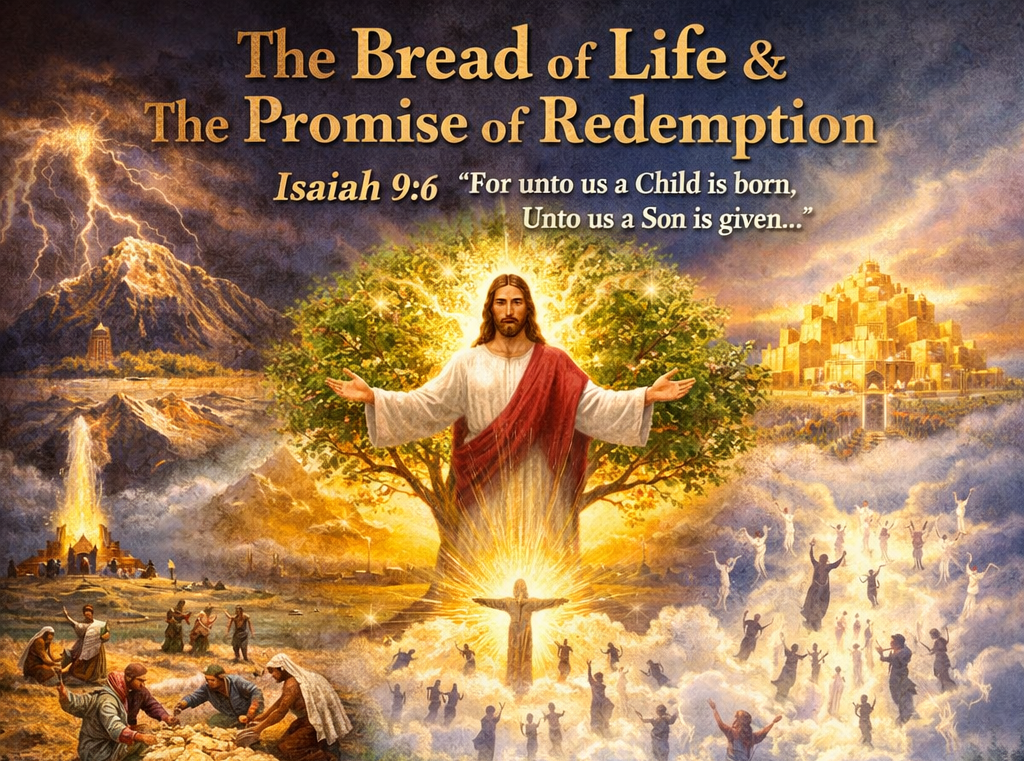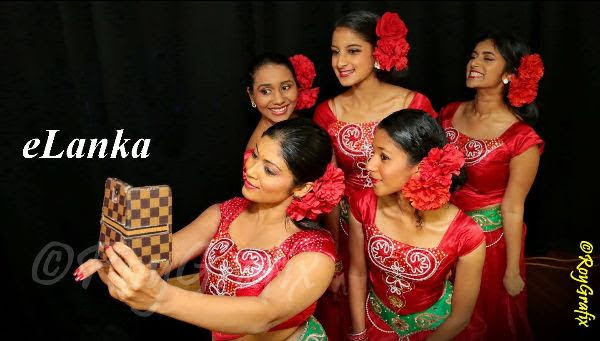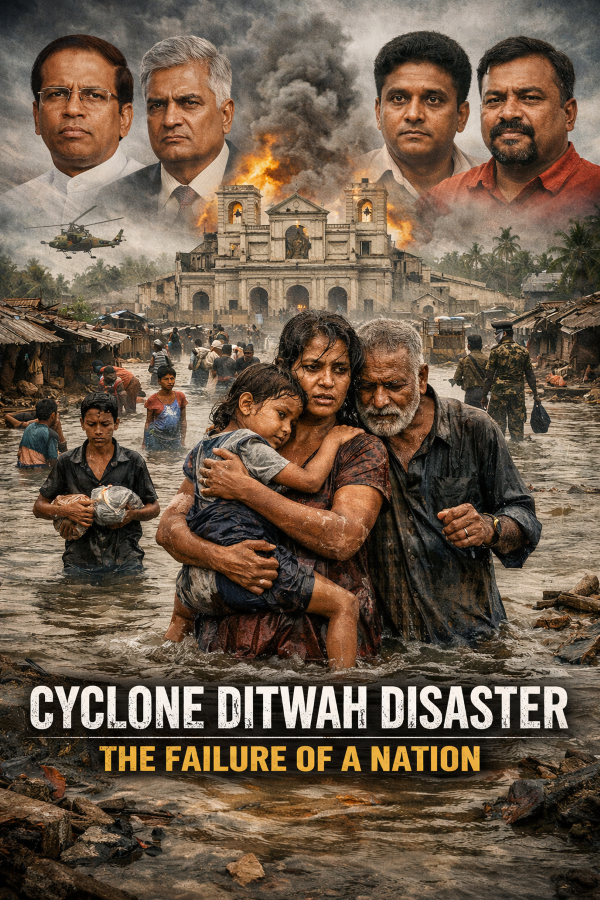How the ICES – the International Centre of Ethnic Studies – Arose
Source:Thuppahis
A Note by the Late SWR de Samarasinghe penned in 2021 and presented now in his Honour, albeit against his wishes then.
Dear Michael:
I will have a look at the document when you place it on Thuppahi.
BTW, I noticed that you mention the names of KM, Neelan and Radhika as the three people responsible for the establishment of ICES. Factually, Neelan got the initial grant from the Ford Foundation, KM got permission from JR to set it up. JR also instructed the then Finance Minister Ronnie de Mel to facilitate the process. Neelan invited Radhika [Coomaraswamy] to join as Associate Director and KM invited me to join as the Associate Director.
I cannot speak for Radhika. KM’s invitation to me was based mainly on the fact that I had an economics background that complemented his history background. I am aware that this hurt CR who presumably expected to have a role in ICES.
Radhika and I were not on the Board of the ICES in the first few years. The original Board consisted of two Sri Lankans, KM (Chair) and Neelan, and a few foreigners. Radhika and I joined the Board later in the early 1990s.
At the beginning ICES was supposed to be in Kandy. KM got JR’s support making the argument that Kandy deserved to have an Independent thinktank (Colombo had Marga) that could tap into the resources of Peradeniya. The main ICES library was established in Kandy. Neelan and Radhika who were Colombo-based wanted an office in Colombo. As time passed Colombo evolved into a co-equal branch. Things ran very smoothly until Neelan’s death.
(Neelan was assassinated the day before the start of an international conference that ICES Kandy organized at the Taj Samudra Hotel, Colombo. The foreign participants had arrived in Sri Lanka. All of them attended the funeral. We held the conference but cancelled the celebratory dinner we were to hold to present to KM the volume titled “History and Politics: Millennial Perspectives – Essay in Honor of Kingsley de Silva.” Gerry and I edited it. You were one of the 24 contributors. The Law and Society Trust that Neelan headed published it.)
On his death Neelan’s wife wanted one of their son’s to be appointed to the Board. I do NOT know what Radhika thought of the idea. I never raised it with her. KM and I felt that it was inappropriate to make board appointments based on family connections. We suggested the name of Jeevan Thiagarajah who worked very closely with Neelan and Radhika in the Colombo office. But that did not work out. In my view, the KM felicitation volume symbolized the unity and harmony that existed in the ICES. The dispute over the Board membership that arose after Neelan’s death was the beginning of the friction that led to internal divisions in ICES.
Few are aware of this history. Since you made a reference to the ICES in your note that you have copied to me earlier this week, I felt that I should make you aware of the factual background. I do NOT want you to publish this note. I have put my association with ICES behind me and moved on in life. However, as scholars we must respect facts while holding any opinions that we like.
Best wishes. Sam
Gerald Peiris
A NOTE from Michael Roberts, 20 July 2025
My interaction with ‘Sam’ Samarasinghe commenced at Peradeniya University from 1969 or thereabouts in the course of the activities of the Ceylon Studies Seminar. He was, I think, also one of the key helpers in the vibrant two-day seminar held at Gannoruwa in Peradeniya on Ägriculture in Economic Development of Sri Lanka,” **
Subsequently, once the ICES was established with two branches, we interacted fruitfully during my research visits to Sri Lanka in the late 1980s and the 1990s. I recollect staying over at the campus house maintained by Sam and Vidya on at least one occasion.
Sam’s efficiency, commitment to scholarship and his geniality at the human-interface served as a model to the world around him. His kinfolk can be proud of his service to humankind.
























